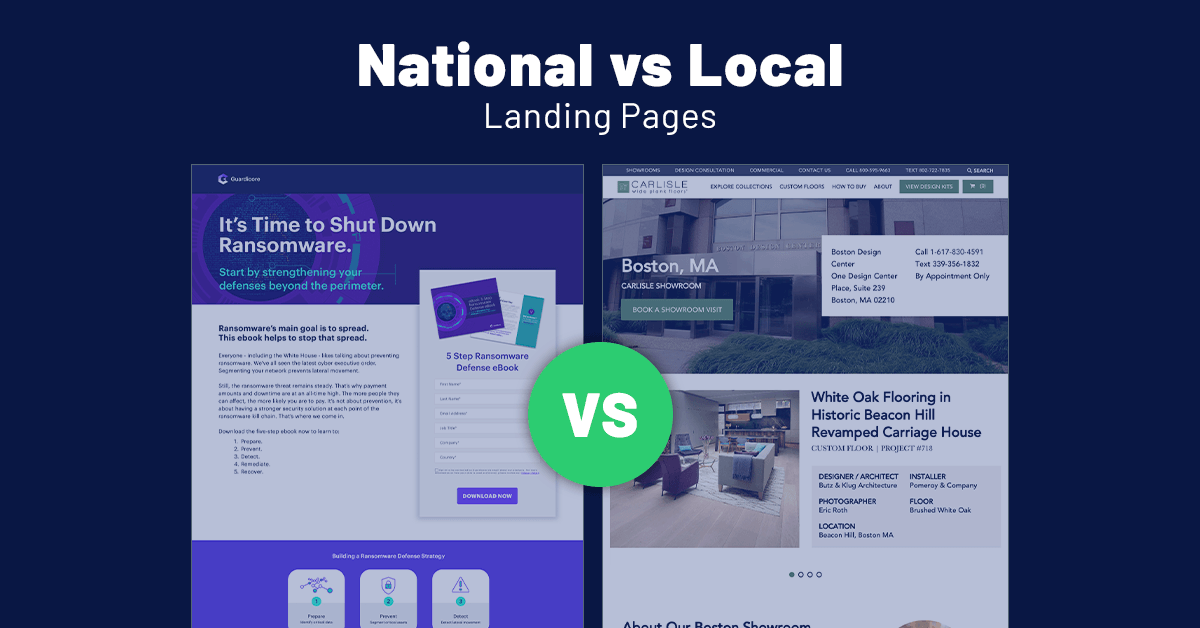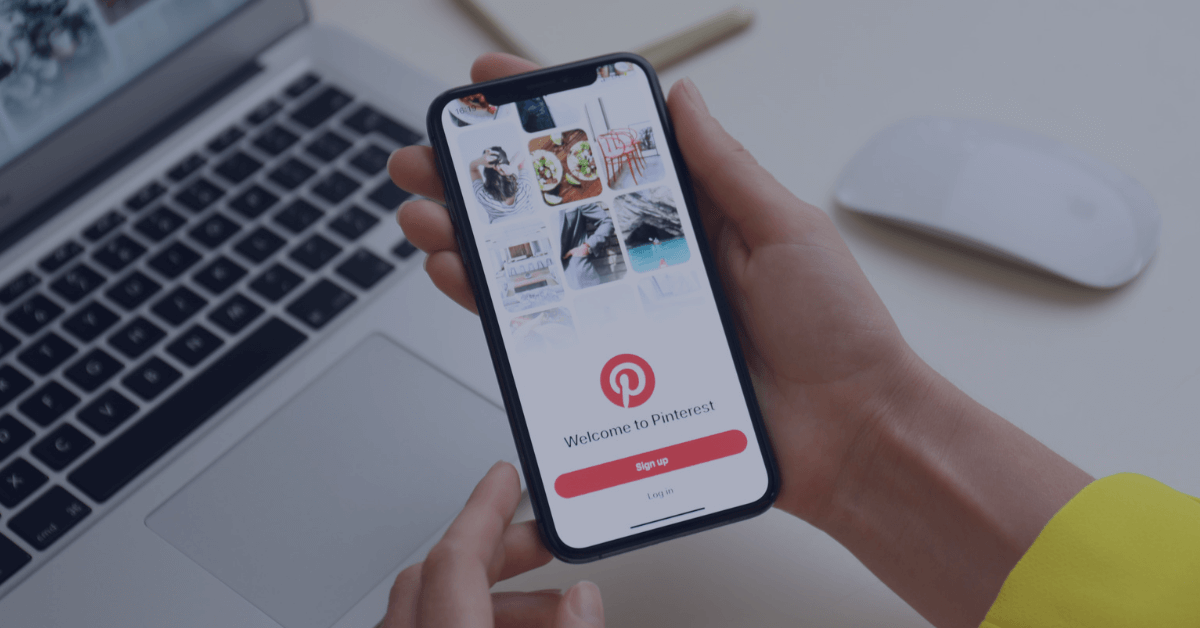Here are some of the biggest updates in social media you may have missed this week:
Twitter’s IPO has become the most anticipated of the year, and with just a few days before its big debut, the micro-blogging platform has been making some substantial changes to attract investors and advertisers. One of the biggest alterations to the format occurred last week with the addition of “front and center” photos. The big difference here is that users no longer have to click on a link to be exposed to a photo- it is already on their timeline when they scroll through.
The new setup is a game changer for Twitter users- but especially important for advertisers. The photos that companies post will basically now become banner ads on the timeline. Promoted tweets will gain the most benefit from this change, seeing as users will no longer be able to disengage by merely not clicking them. Users can opt out of the forced previews on the mobile app, but there is so far no way to avoid it on the web version.
Also in the Twitter-verse, another new feature introduced recently allows advertisers to use geo-targeting by zip code. This is big news in the advertising sphere, especially useful for smaller, local companies. For example, imagine if you are a new food truck. If you are driving through a different part of town or trying to set up a new distribution area, all you have to do is send out a tweet with the zip code. Once you set up your specific target area, the promoted tweets will show up directly on users’ timelines who are in that region. People will be able to find you in no time, and you can change the zip code whenever you want. However, this feature will limit the sphere of who you will reach. So, while this feature is great for regional stores, larger companies should use it sparingly.
Looking now to the photo-sharing phenomenon that is Instagram, plans have recently been announced to start integrating advertisements among users’ photo streams. Although it is still in the early stages, users should expect to start seeing promoted photos more frequently as the year ends. The photos will be marked with a “promoted” tag, similar to Twitter and Facebook’s advertisements, in order to differentiate between the other images. Users will be able to filter and block any advertisements that they find are irrelevant to them, in order to create a less invasive experience.





